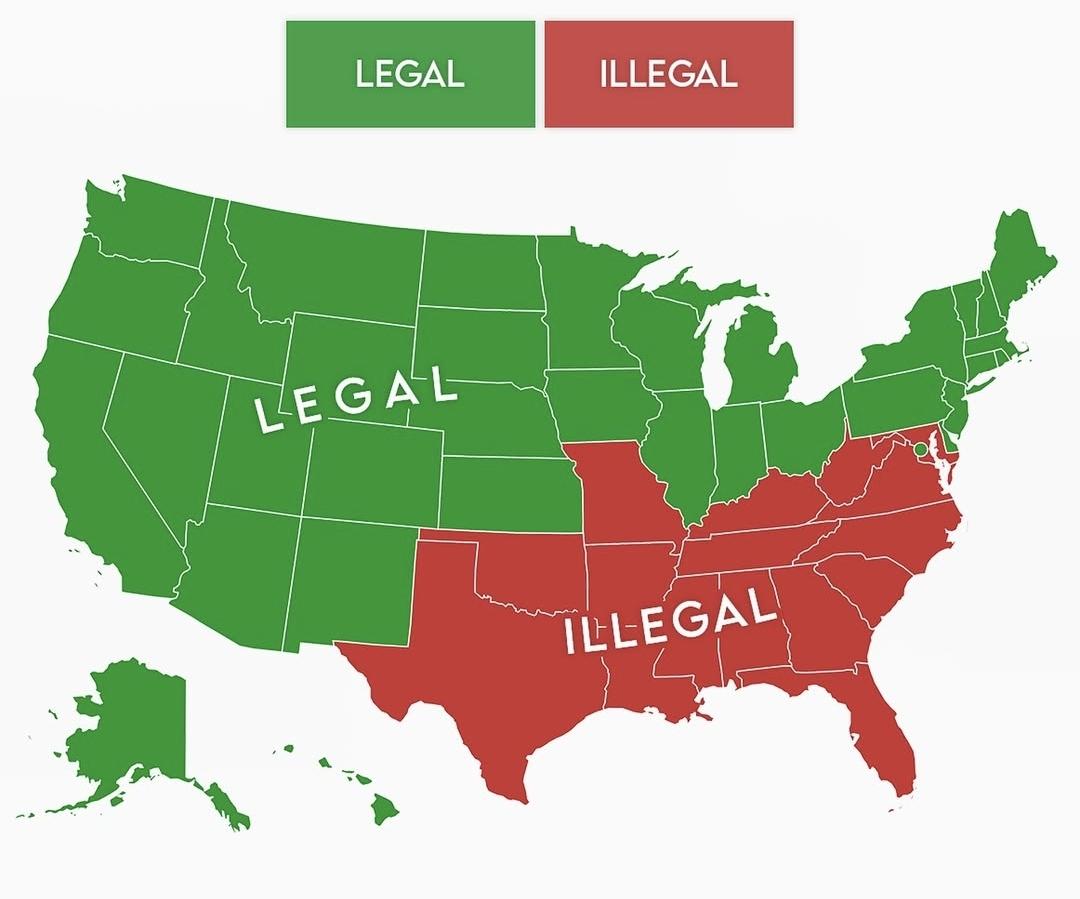Interracial Marriage in the United States in 1966 Map


Marcus Rodriguez
Historical Geography Expert
Marcus Rodriguez specializes in historical cartography and geographic data analysis. With a background in both history and geography, he brings unique...
Geographic Analysis
What This Map Shows
This map offers a visual representation of interracial marriage in the United States as of 1966. It highlights the percentage of interracial marriages across various states, revealing a landscape of social dynamics during a time when these unions were still often frowned upon and legally restricted in many areas. The visualization not only captures statistical data but also reflects the broader cultural attitudes and legal frameworks surrounding race relations in the mid-20th century America.
Deep Dive into Interracial Marriage
Interracial marriage has a rich and complex history in the United States, shaped by a myriad of social, cultural, and legal factors. In 1966, the landscape of interracial relationships was marked by significant barriers, both legal and societal. Until the landmark Supreme Court case Loving v. Virginia in 1967, which ultimately invalidated state laws prohibiting interracial marriage, many couples faced the threat of legal repercussions simply for loving someone of a different race.
Interestingly, the data from 1966 shows that interracial marriage was relatively rare, making up only about 1% of all marriages in the United States. This statistic serves as a stark reminder of the entrenched racial divides of the time. The census data from that year reveals that most interracial marriages were between White and Black individuals, although there were also a smaller number of marriages between Whites and individuals of other racial and ethnic backgrounds, such as Asian Americans and Native Americans.
Demographically, the prevalence of interracial marriage varied significantly across different regions. For instance, in states like California and New York, where diverse populations flourished, there were slightly higher rates of interracial marriages compared to more homogenous states in the Midwest and the South. In places like Mississippi and Alabama, the numbers were exceedingly low, reflecting the deep-seated racism that permeated social and legal structures.
What's fascinating is that while interracial marriages were stigmatized, they also created opportunities for cultural exchange and challenge to the status quo. Couples who defied societal norms often became activists, advocating for civil rights and social justice. Historical records show that many interracial couples faced hostility and discrimination, yet they also found support networks within communities advocating for racial equality.
Regional Analysis
When we examine the map more closely, we can see distinct regional variations in interracial marriage rates in 1966. For instance, in the Northeast, states like New Jersey and New York displayed higher percentages of interracial marriages. This can be attributed to their urban environments, which fostered multicultural interactions and relationships.
Conversely, the Southern states presented a stark contrast. States like Alabama, Mississippi, and South Carolina had some of the lowest rates of interracial marriage. This discrepancy can largely be linked to the historical context of segregation and the Jim Crow laws that enforced racial segregation and discrimination until the mid-1960s. The cultural and social repercussions of these laws lingered, creating a significant societal barrier against interracial unions.
In the West, particularly California, there was a notable increase in interracial marriages. The state's diverse population and progressive attitudes attracted individuals from different backgrounds, contributing to a more accepting environment for interracial relationships. For instance, the Asian American community began to intermarry with White Americans at higher rates, showcasing changing attitudes and a gradual shift toward greater acceptance.
Significance and Impact
The topic of interracial marriage in 1966 is critical not only for understanding the social fabric of that era but also for recognizing how far we have come and how far we still need to go. The implications of these marriages extend beyond personal relationships; they challenge systemic racism and contribute to discussions about identity, equality, and civil rights. Interracial marriages today reflect the growing acceptance of diversity, yet they also remind us of the historical struggles faced by those who dared to love outside their race.
Today, the landscape has changed dramatically. According to the U.S. Census Bureau, by 2021, approximately 17% of new marriages were interracial, a significant increase from the 1% seen in 1966. This rise indicates not only a shift in societal attitudes but also a broader acceptance of multiculturalism in American society. However, ongoing conversations about race and identity are still crucial, as interracial couples often continue to navigate unique challenges rooted in their backgrounds.
As we reflect on the historical context of interracial marriage, it’s clear that this topic remains relevant today. Understanding the past helps inform current discussions about race, identity, and love in a diverse society. Have you noticed how these conversations have evolved over the years? The journey toward equality and acceptance continues, and it’s essential to keep pushing for a future where love knows no racial boundaries.
Visualization Details
- Published
- October 13, 2025
- Views
- 40
Comments
Loading comments...